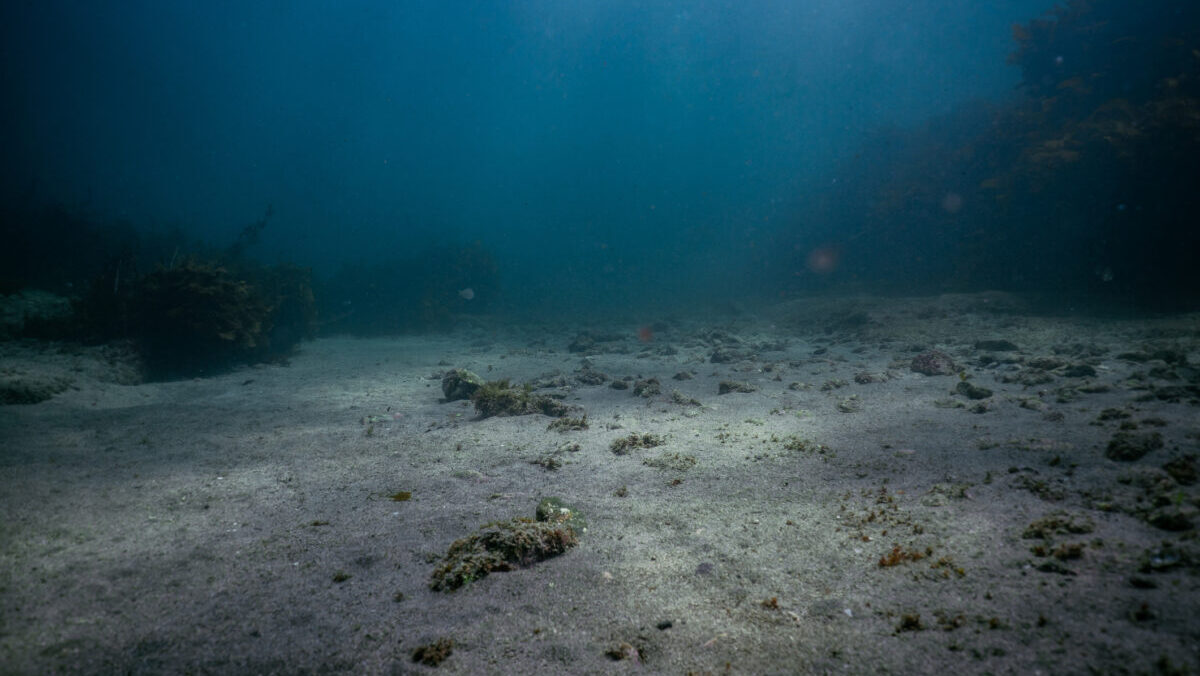Wilsons symptoms of a lithium price bottom are emerging after rout for battery metals
Some nickel and cobalt chemical prices ticked up in January, Benchmark Mineral Intelligence assessments suggest
West African Resources shares hammered on 2024 gold guidance
Corporate advisory firm Wilsons Advisory suggests we’re reaching a nadir for lithium prices, with new research showing half or more of the hard rock projects under development would not get built at current spot prices.
SC6 spodumene prices have sat for a while at US$850/t now and Wilsons says in a new note that after evaluating more than 40 hard rock, brine and DLE projects representing 1.3Mt of lithium carbonate equivalent supply, over half of new spodumene supply will not come online at current pricing.
That’s before considering that miners may desire an IRR above the 15% benchmark used by Wilsons due to volatility and projects could eat rising capex and opex costs compared to study levels, Wilsons Advisory senior metals and mining equity analyst Sam Catalano also noted in a LinkedIn post.
The price rout has seen 6% Li2O lithium concentrate prices collapse in the order of 90% after fetching upwards of US$8000/t at the start of 2023, a time when producers were collecting money like a Monopoly player with a hotel on Mayfair.
There is some light at the end of this tunnel, though. While Wilsons has cut its short term outlook, its long term spodumene price has moved up 13% to US$1550/t based on the 90th percentile of the cost curve (the point where marginal ‘swing’ supply should kick in). Lithium carbonate pricing has been shifted downwards by 20% long term to US$20,000/t.
But Wilsons says further downside to pricing is ‘likely limited’.
“Despite all the recent ‘doom and gloom’, we believe the fundamental/structural outlook remains robust, and argue that much of the recent news flow is symptomatic of a cyclical bottom in a typical commodity price cycle (i.e. low prices seeing production cuts and development deferrals; and sowing the seeds of the next price cycle,” the firm’s analysis reads.
Wilsons’ top pick in its lithium coverage is Atlantic Lithium (ASX:A11), with a $1.05 per share price target on the Ghanaian developer.
On the supply side there could be headwinds for China’s lithium carbonate industry in the weeks to come, ANZ says.
“China’s output of lithium carbonate is expected to fall over 20% in February due to weak margins and weather-related transportation issues in China,” economist Madeline Dunk said in a note this morning.
Are nickel and cobalt supplies going to be reined in?
Meanwhile, there is some evidence of further supply cuts across the cobalt and nickel industries even outside of the battered Australian nickel sulphide sector.
A flood of supply from Indonesia (and in the case of cobalt the Democratic Republic of the Congo) has seen prices crater, with ~40,000t of nickel metal supply to be erased from the Aussie market based on mine closures and scale backs announced to date.
LME three month nickel prices fell over 1% last night to US$16,020/t. They were fetching more than US$30,000/t at the start of 2023.
But prices for nickel chemicals used in EV battery cathodes saw a slight recovery in January, according to the latest assessment from Benchmark Mineral Intelligence.
“Nickel chemical prices have experienced some slight recovery after a notably poor 2023 which resulted in large y-o-y decreases across all Benchmark nickel prices. Stockpiling ahead of the Spring Festival in China has seen demand for nickel sulphate pick up in a region where battery manufacturing is currently being dominated by LFP chemistries,” BMI said.
“Moreover, small to medium-size sulphate producers in China have been showing price discipline by halting production, citing low order numbers, tightening profit margins, and high MHP prices as reasons. This tightening of supply during a period of seasonal stockpiling has resulted in moderate firming in the price of nickel sulphate EXW China, increasing 5.5% from the previous assessment period.”
Chinese nickel sulphate prices rose 2.2% to US$16,536/t while MHP payables rose 2.7% to 75% of the LME nickel price, with premiums over LME nickel returning in the Chinese market. However, Benchmark warned that a demand uptick supporting prices was “purely seasonal” ahead of the quiet Lunar New Year holidays.
Benchmark meanwhile says there are early signs that depressed cobalt metal and hydroxide prices are firming.
“Whereas the end of last year was plagued with weak discipline from producers driving chemical prices to a new historic low, suppliers have since successfully pushed cobalt hydroxide as high as $7.10. This in turn has had a strengthening effect into the wider cobalt market,” they say.
“While not all prices saw an increase this assessment period, there are early signs that the market is firming. Cobalt metal fell by the greatest margin; however, this is due to an increase in price inputs from material typically traded at a discount to the wider cobalt metals market. This has not been indicative of market sentiment, which saw the high price for metal increase from $13.90/lb to $14/lb.”
Benchmark said it had heard reports of cobalt oxide producers halting production at low prices, but that hydroxide pricing had not moved since a supplier-led run in early January which has stablised around US$7/lb.
West African hammered on guidance
And turning to the ASX materials sector, which has been cut up like a babysitter in a slash horror for the second day in a row, down 1.13%.
Most of that was commodity related, but there were some miners who copper a pasting on news as well.
West African Resources (ASX:WAF) was the most notable, disappointing on production and costs in its 2024 guidance update, shedding almost 10% by the close of play.
Fair or not the market lopped the company’s shares down near 10%, after the company revealed it planned to produce 190,000-210,000oz of bullion from its Sanbrado mine this year in Burkina Faso at AISC of under US$1300/oz.
Its 2023 output came in at 226,823oz at US$1126/oz. Growth capex will also rise substantially from US$126 million to US$230-270m as construction ramps up at the new Kiaka mine, where WAF intends to be in production by the second half of 2025.
From that point its plan is to ramp up output from the two mines to around 400,000ozpa for a decade.
Gains in the large cap ressie stocks were led by Lynas (ASX:LYC), revealed over the weekend to have considered a tie-up with American rare earths counterpart MP Materials, uranium enrichment tech play Silex Systems (ASX:SLX) and uranium miner Paladin Energy (ASX:PDN).
Monstars share prices today
The post Monsters of Rock: Are we hitting a floor for battery metals prices or is more pain on the way? appeared first on Stockhead.























+ There are no comments
Add yours